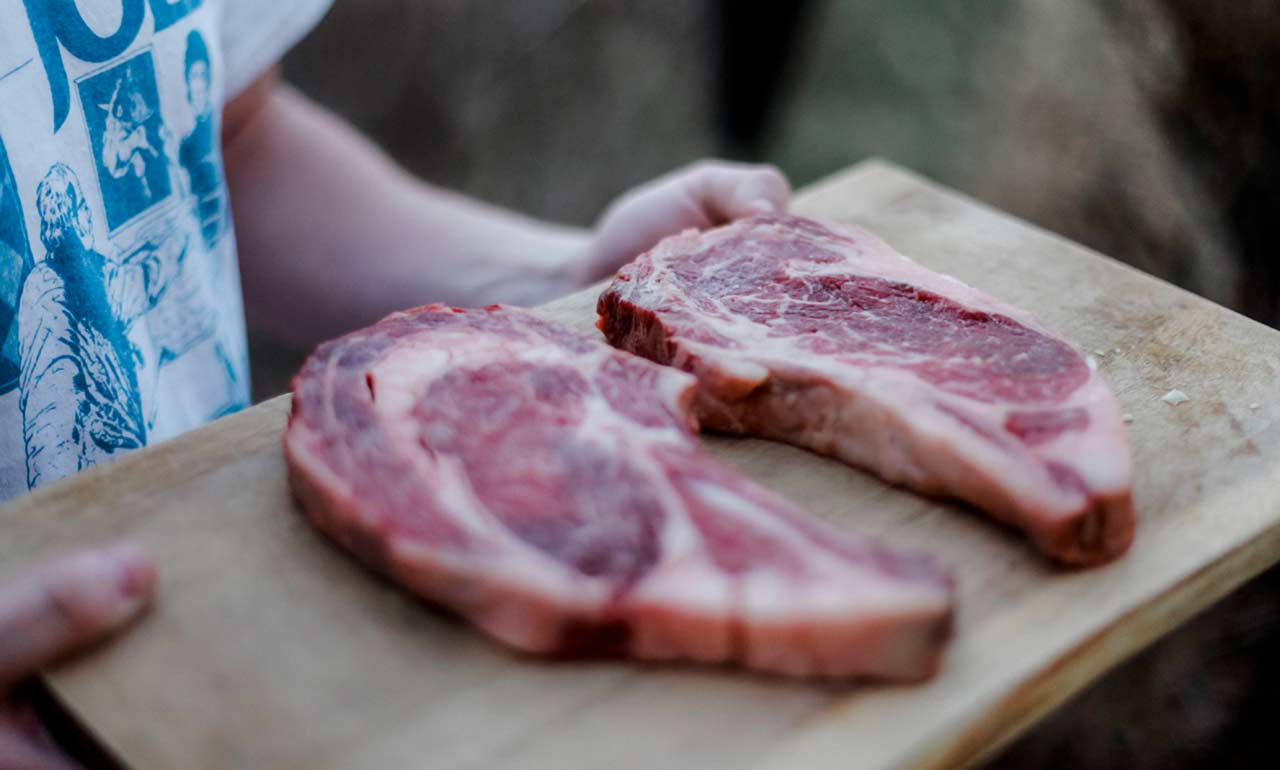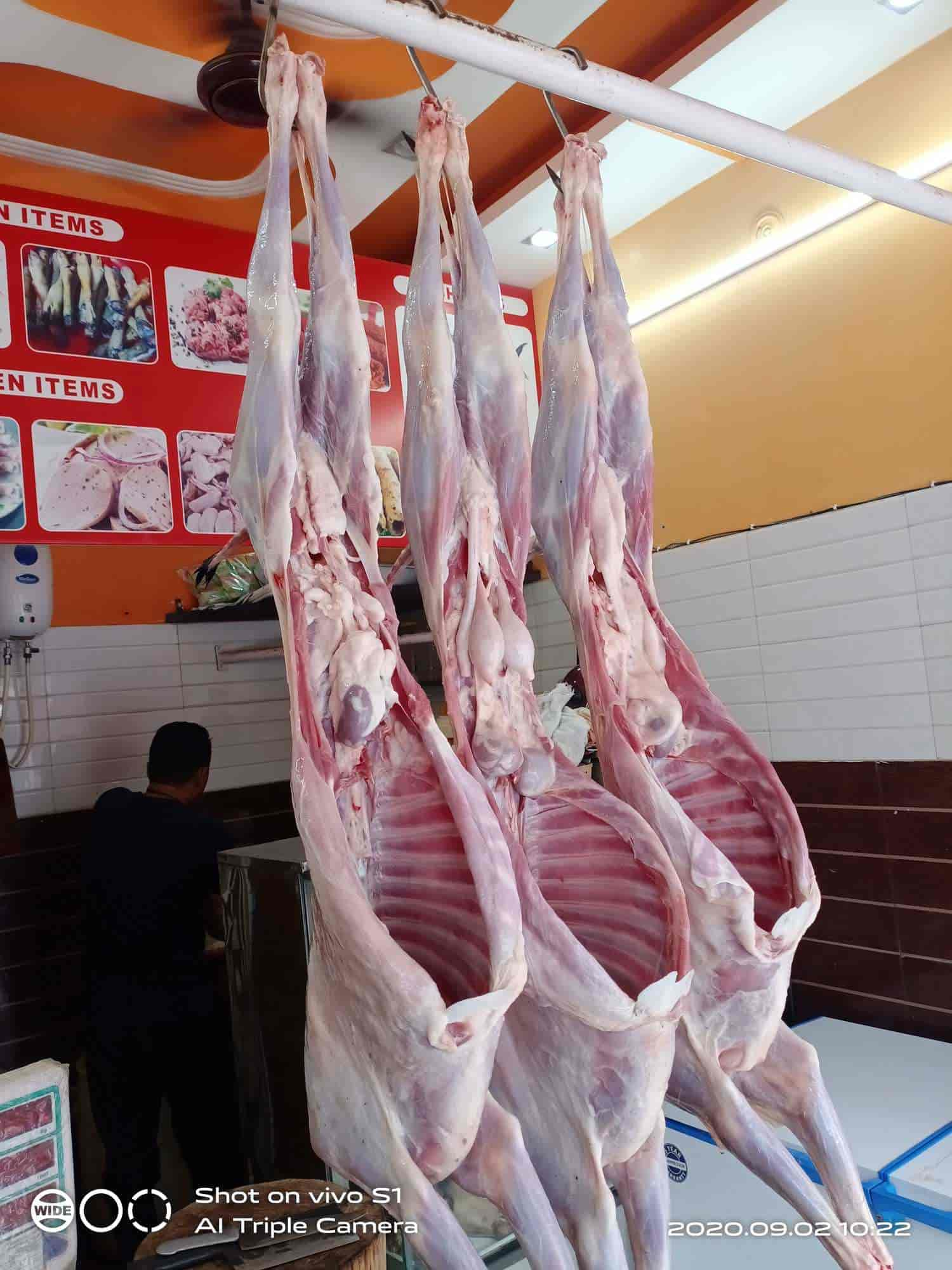Bagley Farms Meat Market: Elevating Your Culinary Experience with Premium Meat Selections
Bagley Farms Meat Market: Elevating Your Culinary Experience with Premium Meat Selections
Blog Article
From Ranch to Table: Accepting the Tradition of Meat Markets and Butcheries
In an age controlled by ease and mass production, there exists a silent revolution taking location in the cooking globe - a return to the origins of food sourcing with the tradition of meat markets and butcheries. These establishments, typically neglected in the darkness of grocery stores, are experiencing a rebirth as critical customers seek high quality, traceability, and a link to the beginnings of their food.
The Resurgence of Meat Markets
The resurgence of meat markets across numerous areas suggests a shift towards a restored admiration for in your area sourced, quality meats. In recent years, consumers have actually ended up being a lot more mindful of the beginnings of their food, leading to an expanding demand for transparency and sustainability in the meat industry. This pattern has actually led the way for the rebirth of conventional meat markets and butcheries, where consumers can directly interact with knowledgeable butchers and resource their meat from neighboring ranches.
One of the crucial driving factors behind this resurgence is the desire for greater high quality and fresher products. By acquiring meat from neighborhood markets, consumers can ensure that they are obtaining fresh cuts that have not traveled fars away or been sitting in storage for prolonged durations. Additionally, supporting neighborhood meat markets aids strengthen the regional economic climate and advertises area links.
/cdn.vox-cdn.com/uploads/chorus_image/image/72006673/IMG_1358.0.jpeg)
Craftsmanship in Butcheries
With the rebirth of meat markets stressing top quality and sustainability, the emphasis changes towards identifying the complex craftsmanship showed in modern-day butcheries. Workmanship in butcheries exceeds just cutting meat; it embodies an ingrained practice of know-how and precision in taking care of various cuts of meat. Bagley Farms Meat Market. Butchers, often educated for several years, possess a riches of knowledge on the makeup of animals, blade skills, and the art of breaking down carcasses effectively

In modern-day butcheries, workmanship appears in the method butchers thoroughly source their meat, making sure high standards of quality and ethical practices. They take pride in comprehending the provenance of the meat they offer, working carefully with regional farmers and vendors to provide consumers full transparency and traceability.
In addition, craftsmanship in butcheries encompasses the presentation of meat. Butchers masterfully prepare cuts that not only boost flavor but additionally showcase the natural charm of the meat. The art of butchery is a mix of practice and advancement, where regard for the pet and dedication to the craft cause phenomenal products that truly stand apart in today's market.
Locally Sourced Meat Quality

In your area sourced meat supplies numerous benefits, including fresher products, assistance for regional farmers, and lowered ecological effect due to lowered transportation ranges - Bagley Farms Meat Market. By acquiring meat from neighboring farms and butcheries, consumers can have more self-confidence in the high quality and safety and security of the items they are purchasing

Farm-to-Table Purchasing Experience
In the realm of locally sourced meat top quality, the farm-to-table shopping experience uses consumers a straight link to the beginnings of their food - Bagley Farms Meat Market. This one-of-a-kind shopping experience allows customers to map the journey of their meat, from the ranch where the pets were increased to the table where it will certainly be enjoyed. By participating in farm-to-table buying, people can get a much deeper check out here understanding of the farming techniques, pet well-being standards, and sustainability efforts associated with producing their meat
Clients have the opportunity to engage with local farmers and butchers, asking concerns about the meat they are purchasing and discovering regarding the particular cuts offered. This direct interaction promotes trust in between customers and producers, guaranteeing that individuals are confident in the quality and origins of the meat they are bringing home.
Practice Fulfills Modern Culture
The merging of standard meat markets and butcheries with contemporary culture offers an one-of-a-kind possibility for the preservation of artisanal methods in a contemporary context. While modern-day advancements have changed different sectors, the significance of standard meat markets and butcheries remains deeply rooted in background and craftsmanship. This mix of tradition and modernity enables the continuation of classic strategies while adjusting to the requirements and preferences these days's consumers.
In today's fast-paced world, where comfort usually surpasses high quality, there is an expanding admiration for the heritage and authenticity that traditional meat markets and butcheries supply. Consumers are progressively looking for transparency in the sourcing and production of their food, leading them back to the personalized solution and experience discovered in these facilities. The focus on sustainability and honest practices straightens with the worths promoted by many traditional meat markets and butcheries, cultivating a sense of neighborhood and responsibility in the direction of the environment.
As society proceeds to develop, the coalescence of custom and modernity in meat markets and butcheries not just guarantees the conservation of artisanal practices however likewise enriches the culinary landscape with a mix of heritage and development.
Conclusion
To conclude, Web Site the custom of meat markets and butcheries is experiencing a revival in contemporary society. These establishments provide locally sourced meat of top quality, giving a farm-to-table purchasing experience for consumers. The workmanship and knowledge located in butcheries more helpful hints add to the credibility and worth of the items provided. By welcoming this custom, people have the ability to get in touch with their food in a significant means, linking the space in between the past and the here and now.
In an era dominated by convenience and mass manufacturing, there exists a silent transformation taking area in the cooking globe - a return to the origins of food sourcing with the tradition of meat markets and butcheries.The revival of meat markets throughout different neighborhoods shows a change in the direction of a restored recognition for locally sourced, high quality meats.With the revival of meat markets highlighting high quality and sustainability, the focus changes towards recognizing the detailed workmanship showed in modern butcheries. Craftsmanship in butcheries goes beyond just cutting meat; it embodies an ingrained custom of experience and accuracy in dealing with various cuts of meat.In today's busy world, where convenience commonly exceeds quality, there is an expanding gratitude for the heritage and authenticity that typical meat markets and butcheries use.
Report this page